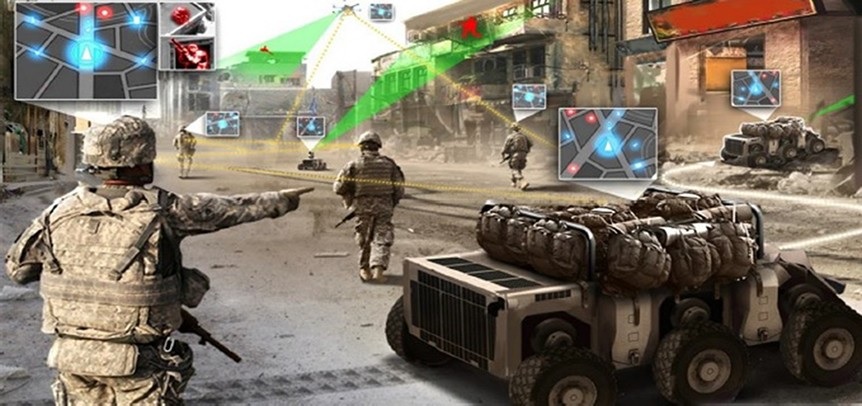Advanced Non-Lethal Weapons: A New Frontier for Israel and US Urban Combat

Israel faces a significant challenge. The brutal attacks by Hamas on October 7 resulted in over 1,000 deaths, with many civilians taken hostage and hidden in Gaza's hospitals and schools. This tactic of using civilians as shields has been effective since the 1990s, and Western militaries have yet to find a countermeasure.
Reflecting on past experiences, such as the Battle of Mogadishu in 1993, where civilians were used to shield armed fighters, the need for advanced non-lethal weapons becomes evident. The U.S. Marine Corps, after learning from the Somalia conflict, initiated the development of non-lethal weapons. As the director of the Experimental Unit (X Unit), the task of exploring these options became crucial, especially when tasked with evacuating UN forces from Somalia under the leadership of General Tony Zinni.
This effort led to the discovery and testing of several experimental systems. Although none proved decisive, psychological warfare techniques were successfully employed to portray these weapons as exotic and dangerous, aiding in the relatively bloodless success of Operation United Shield.
In the years following Somalia, the Marine Corps continued to advocate for more effective non-lethal weapons, leading to the establishment of the Joint Non-Lethal Weapons Directorate (JNLWD) at Quantico, Virginia. This initiative produced the Active Denial System (ADS), a directed energy weapon that induces a sensation of searing heat without causing physical harm, designed to control crowds and deter advances.
Despite its potential, the ADS has not been deployed in military operations due to the nature of conflicts in Afghanistan and Iraq. However, ongoing efforts within the X Unit focused on using non-lethal weapons in urban combat scenarios where civilians and fighters are intermixed. One promising technology, involving ultrasound, was tested but ultimately deemed insufficient for military use due to its limited incapacitating effects.
Looking ahead, the development of a technology that can incapacitate individuals within buildings, allowing for the separation of fighters from non-combatants, remains a priority. A variation of the ADS system, capable of inducing heat prostration, holds promise, though current prototypes require large, immobile power sources. Miniaturizing this technology is a technical challenge that needs to be overcome.
The future of urban combat, whether in Gaza or other conflict zones, will likely necessitate the use of advanced non-lethal weapons. By investing in and developing these technologies, both Israel and the U.S. can enhance their capabilities to address the complex and ethically challenging nature of modern urban warfare.


